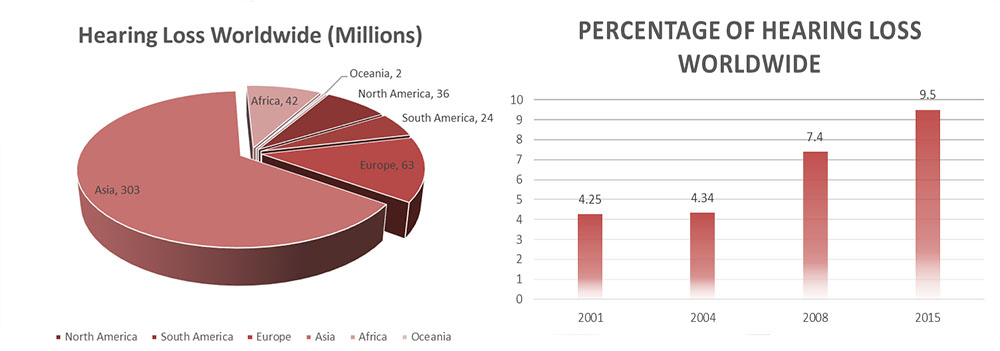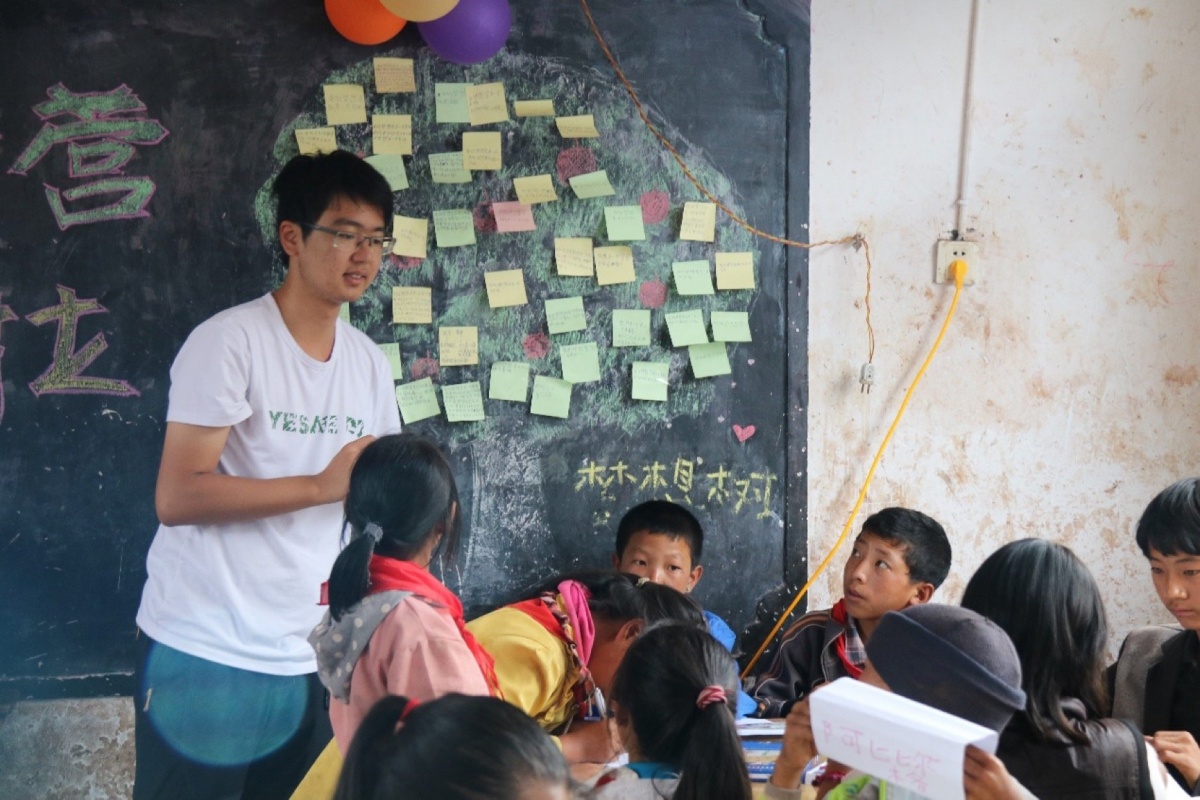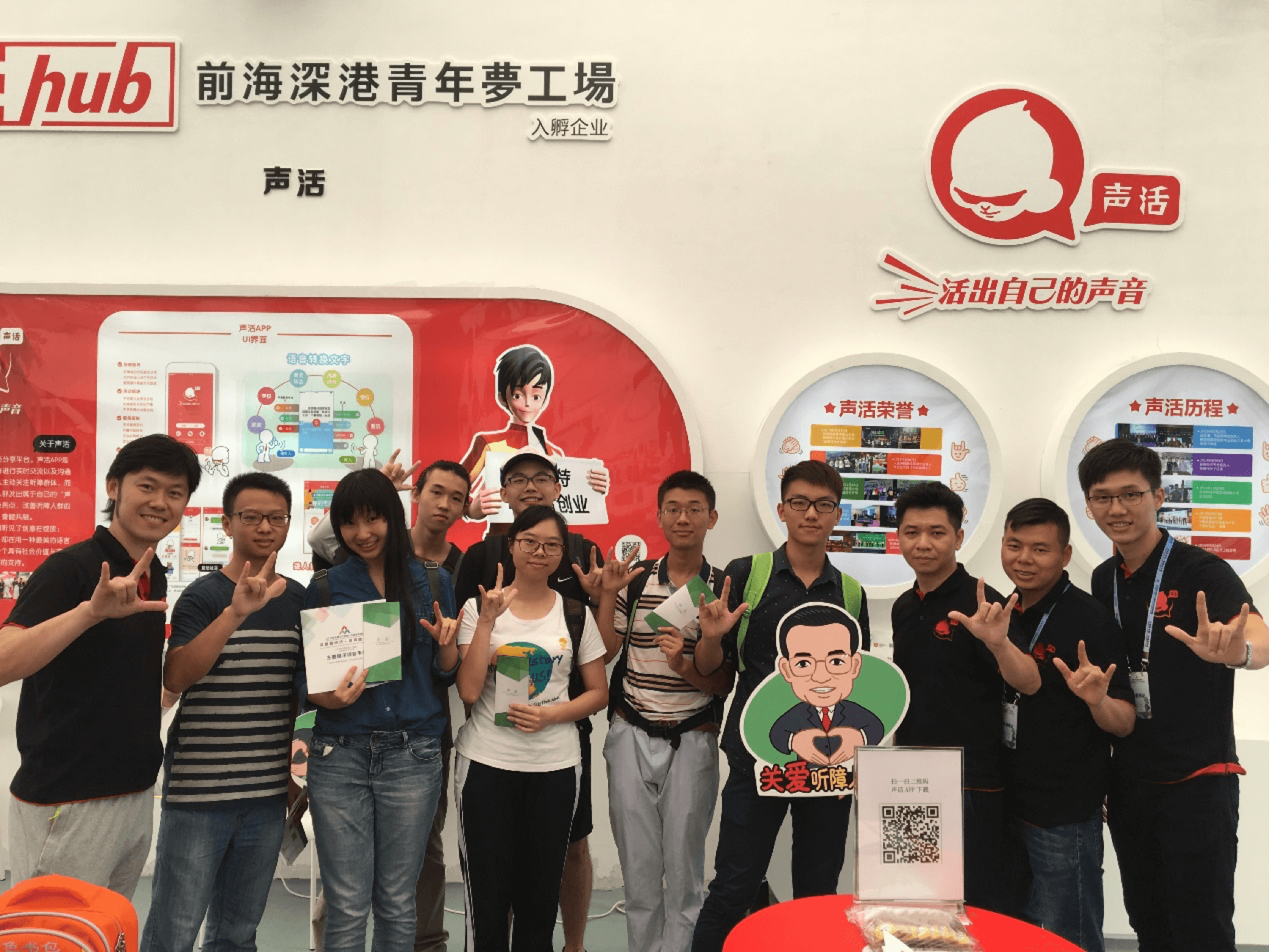
Human Practices
Our step to make a better world
Contents
This year, we designed an audiogenetics system to explore the secret of sound sensing inspired by the status of hearing loss issues all over the world. Our human practice naturally focused on the combination of our lab works and prompting global concern about hearing-impaired people.
We educated people with synthetic biology concepts in a multi-dimensional manner. We also designed and distributed questionnaires and booklets for investigation, propagation, science popularization and call on awareness, which addressed the importance of our project. Through a series of interviews, we harvested many information about hearing loss including policies, medication, research and philanthropy. The knowledge about hearing formation also helped us promote our project.
More importantly, we tried to organize commonwealth activities and cooperate with accessibility App developers to further extend our social impact.
Human practices made us to rethink the relationship between we researchers and the public. Countless people has given us tons of new ideas about our project during our campaigns. We are truly thankful to all the people who supported us with their words and gestures. Without them, this project would have never been what it is like now.
Background
Hearing loss, also known as hearing impairment, is a worldwide problem. There are about 360 million hearing-impaired people around the world, accounting for 5% of the world’s total population.[1] In China, people with hearing impairment take more than 1.67%, ranking at top of the whole disabled groups.

However, after communicating with relatives or friends that suffer or have ever suffered hearing impairment, we found that, although the concerns by the international community are rising, there is still few efficient way to cure such problems.
Though many contributing causes of hearing problems[3] have been identified and new therapies (e.g. electrical devices, medication) keep coming up year after year, the majority of people with hearing impairment still cannot be cured (Here, “cure” means “one can have similar level of hearing ability to common ones”) due to these limitations:
- Hearing-aids: Long-term risk (amplified sound may induce greater damage to inner structures).
- Cochlear implant: Only for patients with neural residue; high cost; long-term risk (damage for different hearing frequency range, especially for frequency below 1000Hz)
- Medication: Normally use traditional Chinese medicine; long treatment cycle; unclear mechanisms; less effects, only used for short-period hearing loss.
- Operation: Not recommended. Less effects; high risk; high cost; potential to cause sequela.
Thus, we started to think that we can use genetic methods to change mini-structures on ear cells to see whether there may be effects expected to shade light on several kinds of hearing problems in future.
Objectives
Our Human Practice plan set out 3 central objectives:
Improve awareness and understanding of Hearing loss
We educated people with synthetic biology concepts in a multi-dimensional manner. We are well aware of that education is the only way for us to try to change the life for children living in hunger and poverty. We taught pupils and middle school students in rural areas about synthetic biology, iGEM and our project. We hope our teaser of the world well beyond the boundaries of China may give them the power and vision to fight for a better life.

We also gave lectures to high school students attending Summer Camp in SUSTech.
Investigate social reality of Hearing loss
After learning from many specialists, we designed and distributed questionnaires and booklets for investigation, spread, science popularization and call on awareness, which addressed the importance of our project.
More importantly, we tried to organize commonweal activities and cooperate with accessibility smartphone app developers to further improve our human practice.
Increase our own social reach and personal values
By organizing our Human Practice activities, we harvested new knowledge, which played crucial roles in improving ourselves as well as our project. Furthermore, we spare no effort enhancing the social awareness on the caring of people with hearing loss from different aspects. We hope that we can not only cure diseases by synthetic biology research, but also by promoting social harmony beyond bench.
Lab Project
Our lab project focused on the enhancement of a mechanosensitive channel called TRPC5. Since TRP channel had been found hair cells in ears [4] , our work may enlighten future hearing impairment therapies. In our project, we are developing a modified TRPC5 by random mutagenesis at specific region of the channel. With the accumulation effects of random mutagenesis (error-prone PCR), we may generate the TRPC5 mutant that has the highest fitness of the protein landscape [5] .
For a more detailed explanation of our project, see our home :)
References
- ↑ Oishi, N., Schacht, J., Emerging treatments for noise-induced hearing loss, Expert opinion on emerging drugs, Retrieved from http://www.tandfonline.com/doi/abs/10.1517/14728214.2011.552427.
- ↑ S. Rakholiya, S. Savaliya, A. Marar, M. Donasiya, Hearing Loss——A growing problem that affects quality of Life., EON Meditech Pvt. Ltd., Retrieved from http://www.eonmeditech.com/hearing-loss.html.
- ↑ sina news, Retrieved from http://www.soundtherapyperth.com/benefits/hearing.php.
- ↑ Boris Martinac, Mechanosensitive ion channels: molecules of mechanotransduction, Journal of Cell Science 117, Retrieved from http://jcs.biologists.org/content/117/12/2449.abstract.
- ↑ Paul A Dalby, Strategy and success for the directed evolution of enzymes, Current Opinion in Structural Biology, Retrieved from https://www.researchgate.net/publication/51229641_Strategy_and_success_for_the_directed_evolution_of_enzymes.


